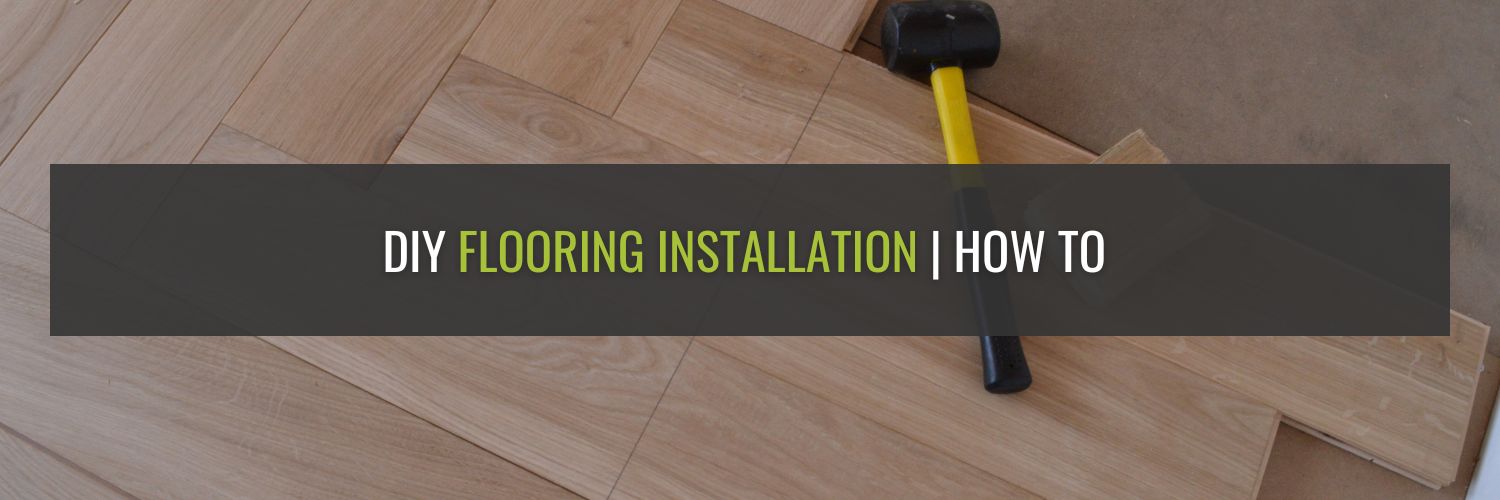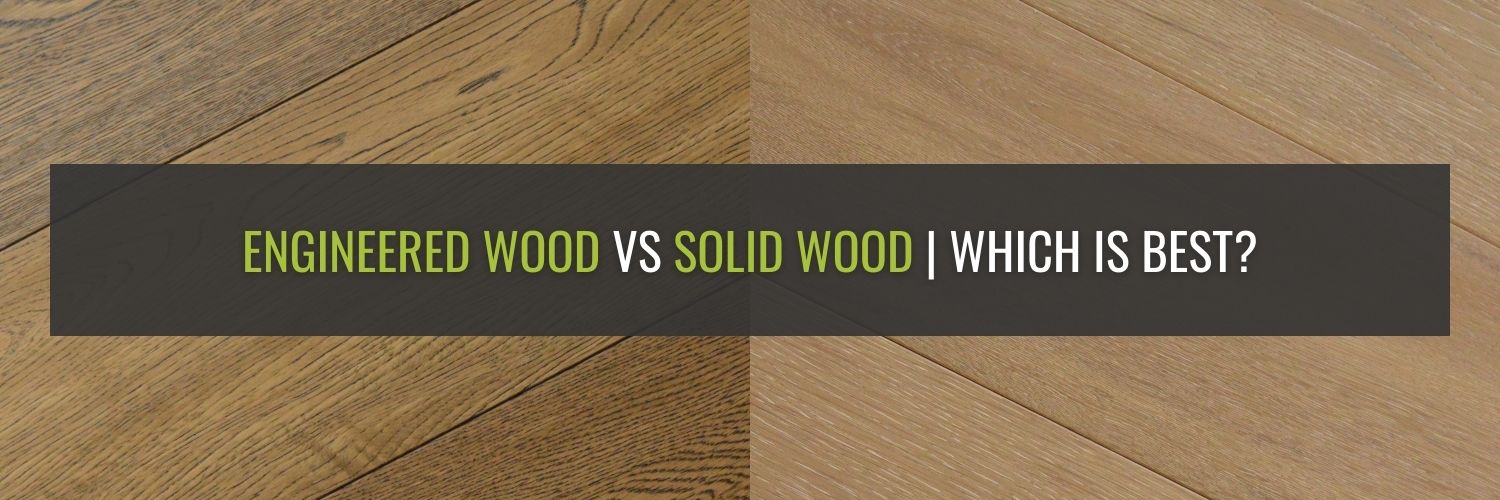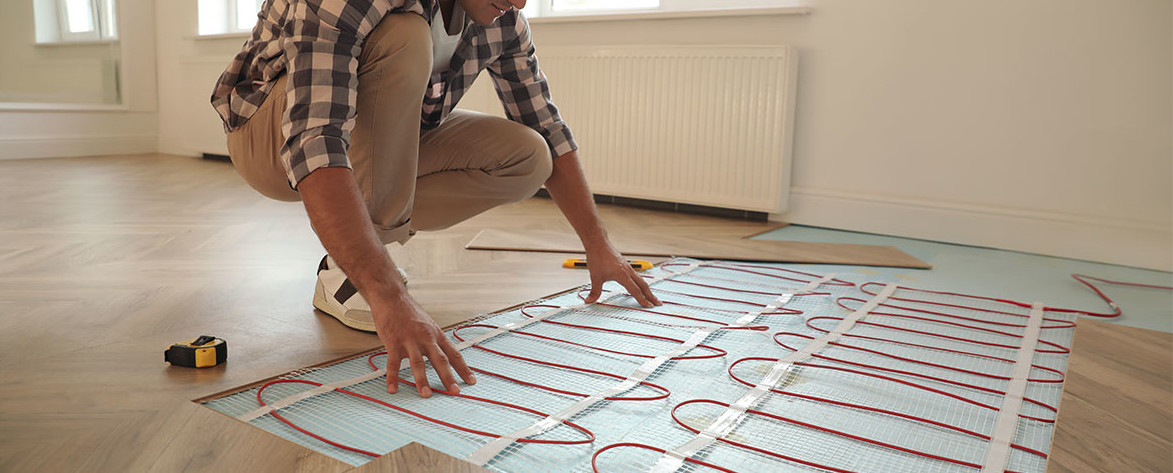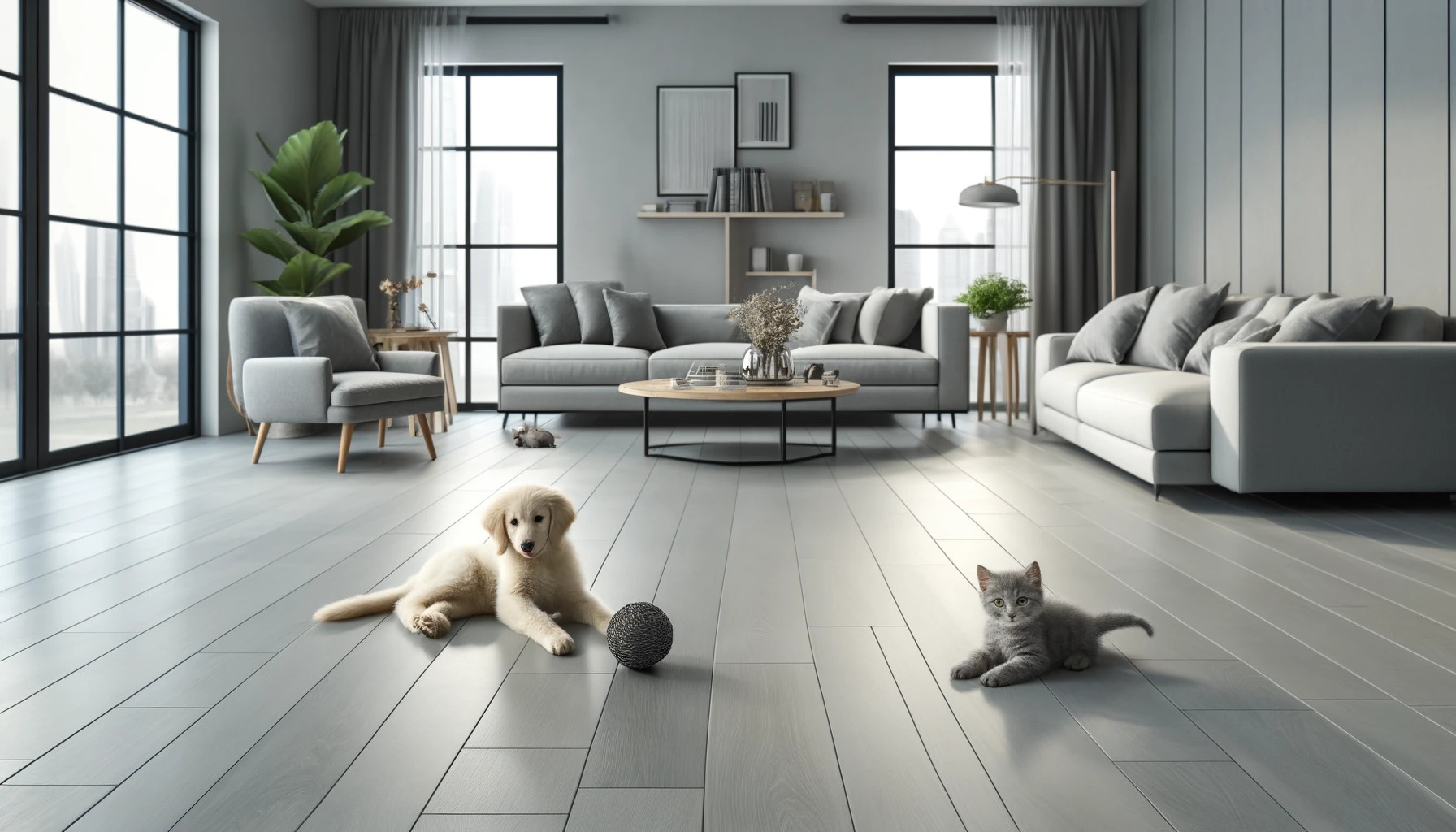10 Things You Didn’t Know About Engineered Wood Flooring
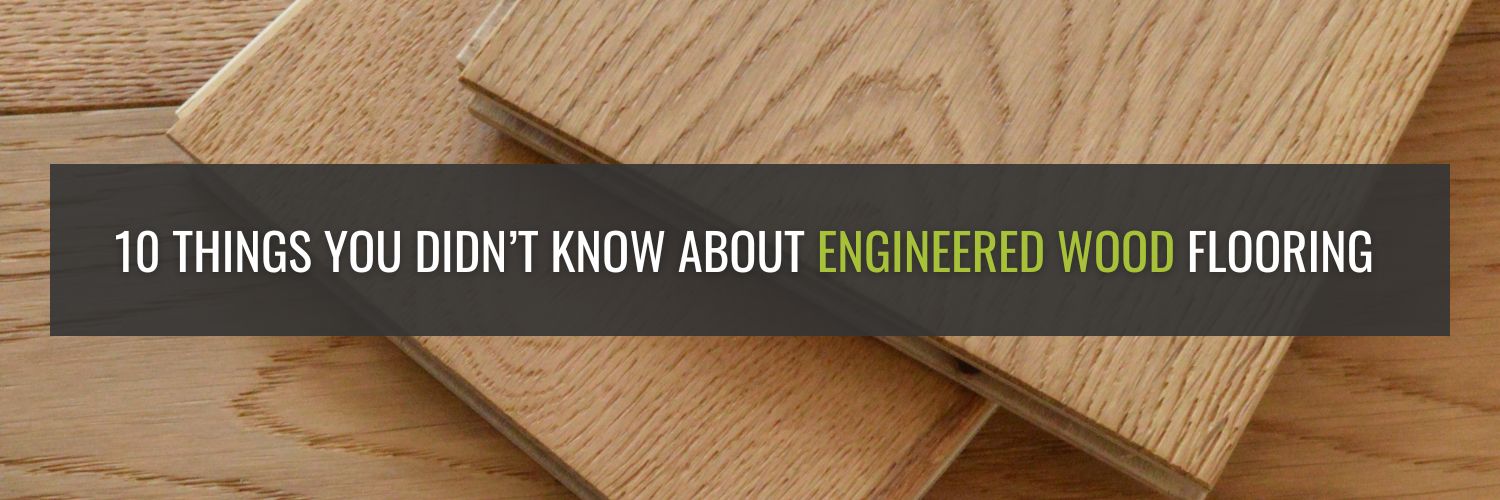
As flooring experts, we know a LOT when it comes to the different types of flooring, particularly engineered wood flooring which has quickly become one of our best-selling types of flooring.
So why haven’t you heard more about it? Well, engineered wood flooring is relatively new, having only been around for less than 100 years. It was first patented in 1941 and has quickly gained popularity thanks to the benefits it has over solid wood flooring. The most notable improvement is that engineered wood is less susceptible to temperature and humidity changes. However, that is not the only benefit of choosing engineered wood flooring over solid wood.
In this blog, we’ll cover some of the lesser-known aspects of engineered wood flooring, shedding light on its history, benefits, and surprising facts.
Why Choose Engineered Wood Flooring?
For the uninitiated, engineered wood flooring is an alternative to solid wood flooring that features a real wood top layer. The top wear layer of solid wood veneer allows for engineered wood flooring to look like an exact replica once laid. This is because the wear layer is purely solid wood, and it is only the layers below that make it different. However, since you cannot see the below layers once the flooring has been laid, it makes an ideal alternative, both in aesthetics and practicality.
The subsequent layers are ‘engineered’ from multiple layers of plywood. The layers of plywood run in different directions to create a strong and sturdy base. The core layers help this flooring achieve many desirable properties, such as increased resilience to changes in temperature and humidity. Setting it apart from solid wood flooring, which is susceptible to these changes, tends to be more expensive.

Engineered Wood Flooring Vs Laminate: What Is The Difference?
So why should you consider engineered wood? Especially when there are other alternatives that cost even less, such as laminate flooring. In short, laminate flooring has a printed image of wood rather than a veneer. While modern finishes do an incredible job of simulating real wood, the difference in look and feel is still noticeable.

Does Engineered Wood Flooring Need Glue?
Whether or not your project requires glue depends on the specific product that you are choosing. Most engineered wood flooring features a tongue and groove system, which allows the boards to slot together. When fitting a tongue & groove system, you will need PVA for the joints to stop them from separating.
Some engineered wood floors have a click system, which holds the boards together and does not require glue. Regardless of whether you choose a click system or a tongue & groove system, you can install your engineered wood flooring as a floating floor. When installing a floating floor you will not need to glue the flooring to the subfloor.
Floating floors can also be installed on top of an underlay. Underlay has numerous benefits, such as smoothing out the subfloor and giving more stability to your flooring. The added density also provides thermal and sound insulation. If you want to attach your engineered wood flooring directly to the subfloor, without an underlay, you will need to apply adhesive to the floor.
Is Engineered Wood Flooring Waterproof?
No, even lacquer-finished flooring, which is slightly more water-resistant, is not waterproof. Wood is a porous material; it absorbs water causing its fibres to swell and warp the board.
To prevent water damage to your engineered wood flooring, we always advise that you carefully consider the placement of your floors based on what type of flooring is suitable for each room. For example, do not install solid or engineered wood flooring in a bathroom where water is prevalent. You should also wipe up any spillages quickly, or within 2-3 hours minimum to prevent further water damage.
Is Engineered Wood Flooring Suitable For Kitchens?
Following the last question, you should be careful with water around engineered wood flooring. However, due to the structure of engineered wood, it is more stable and less susceptible to warping than solid wood, making it suitable for kitchens.
Can You Have Engineered Wood Flooring With Underfloor Heating?
Yes! Engineered wood flooring is suitable for water-based underfloor heating, although you should contact the manufacturer to ensure you know what kind of temperatures your specific product can handle. However, electric underfloor heating does not distribute its heat evenly, creating hot spots which can warp and damage the flooring.
Can You Lay Engineered Wood Flooring On Concrete?
Going from concrete to engineered wood will significantly change the look and feel of your space. You can lay the floor directly onto concrete; it is a fantastic choice for a subfloor due to its solid structure. Before you do, however, it is vital to check the suitability of the concrete. You should visually inspect the floor for brittle and damaged areas and test for moisture. If your concrete is a suitable sub-floor, it will still require a moisture barrier and a layer of underlay.
Can Engineered Wood Flooring Be Refinished?
If you and your flooring have been through a lot together then refinishing is a great option. The top layer of hardwood means you can sand off the worn wood and restore or even restyle your floor.
Whether you picked a timeless classic like a natural or coffee and want to restore it, or you want to change your floor to better complement your new trendy front room, the ability to refinish your floor is an amazing perk of engineered wood flooring. However, it is important to make note of how thick the veneer on your chosen flooring is, as this will determine how much you can sand down without exposing the lower layers of your flooring, and therefore the depth of scratches that you can fix, and the number of times your floor can be refinished.
Which Engineered Wood Flooring Is The Best?
As you can imagine, there is a lot of variation in the quality of engineered wood and it would be impossible to make recommendations that would cover the entire industry. We encourage our customers to make use of our unlimited, free samples to find their ideal flooring.
If you have decided that engineered wood flooring is the best choice for you, feel free to take a look at our top 10 engineered wood floors below.
Is There Engineered Wood Flooring Without Knots?
As the top layer of engineered wood is a real piece of wood, it is impossible to promise that the product has no knots, but if you want a floor with little to no knots, it is easier than you might think. Even though wood is a natural product and therefore we cannot force the material to have less or more knots, what we can do is grade the flooring.
Each wood floor is graded into one of two categories. You can choose a prime-grade floor (which is usually a little more expensive), or you can choose a standard wood floor. These grading systems are specifically there to help customers decipher how many knots the product will have. Prime-grade wood has the least number of knots and contains little variation. Whereas any other flooring product will be more natural, with greater variation from board to board as well as random knots and grains. It’s also worth noting that different tree species have different knots and grain structures. For example, an oak product will have a tighter grain than a walnut floor.

In Conclusion
Overall, engineered wood flooring has many benefits over solid wood flooring. However, the decision ultimately lies with you! As always, if you have any questions, please leave them below or give our friendly sales team a call.
10-things-you-didn-t-know-about-engineered-wood-flooring











